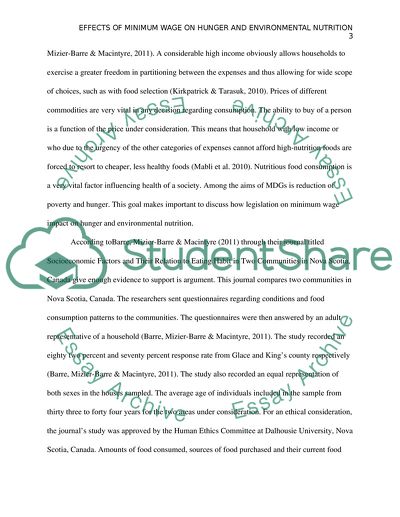Cite this document
(Effects of Minimum Wage on Hunger and Environmental Nutrition Literature review, n.d.)
Effects of Minimum Wage on Hunger and Environmental Nutrition Literature review. Retrieved from https://studentshare.org/macro-microeconomics/1673807-minimum-wage-affecting-the-hunger-and-environmental-nutrition
Effects of Minimum Wage on Hunger and Environmental Nutrition Literature review. Retrieved from https://studentshare.org/macro-microeconomics/1673807-minimum-wage-affecting-the-hunger-and-environmental-nutrition
(Effects of Minimum Wage on Hunger and Environmental Nutrition Literature Review)
Effects of Minimum Wage on Hunger and Environmental Nutrition Literature Review. https://studentshare.org/macro-microeconomics/1673807-minimum-wage-affecting-the-hunger-and-environmental-nutrition.
Effects of Minimum Wage on Hunger and Environmental Nutrition Literature Review. https://studentshare.org/macro-microeconomics/1673807-minimum-wage-affecting-the-hunger-and-environmental-nutrition.
“Effects of Minimum Wage on Hunger and Environmental Nutrition Literature Review”, n.d. https://studentshare.org/macro-microeconomics/1673807-minimum-wage-affecting-the-hunger-and-environmental-nutrition.


